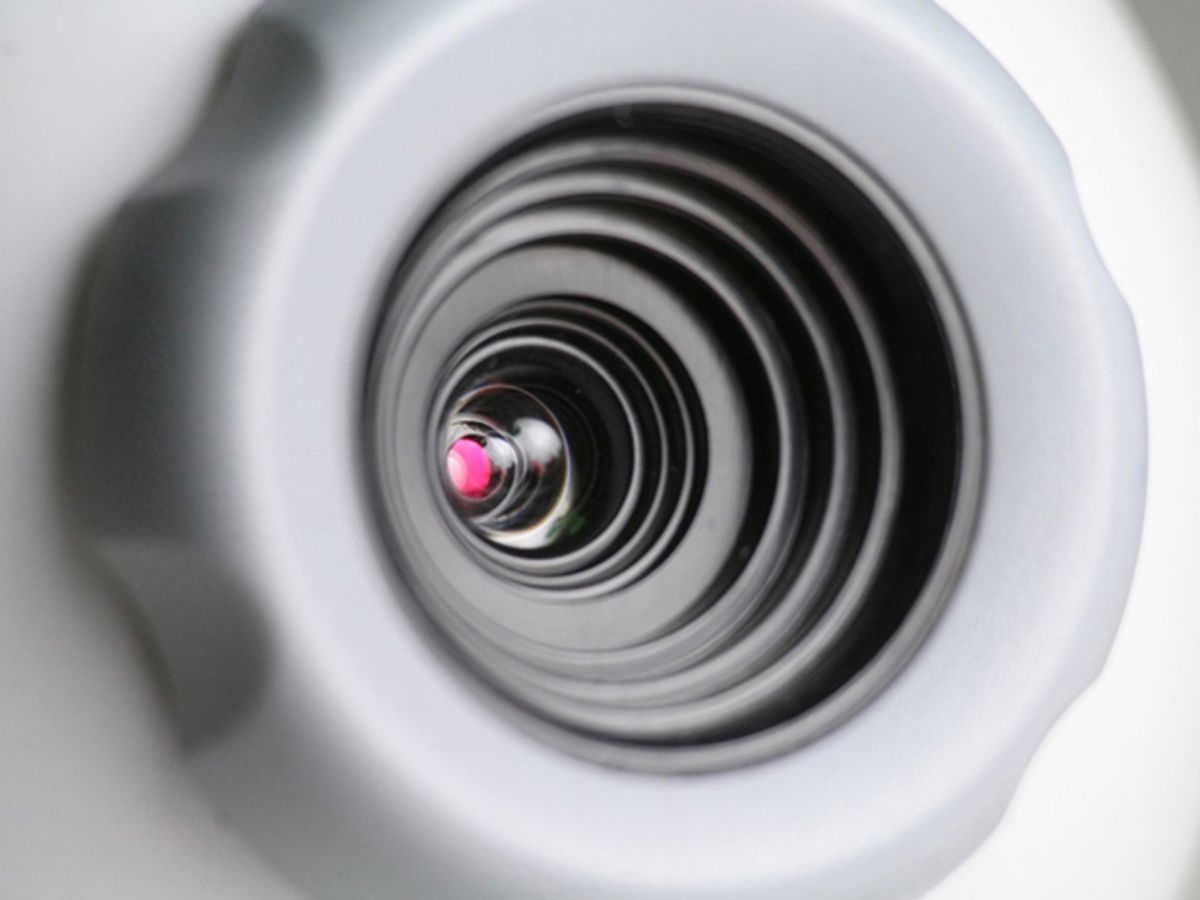Remember a few years ago when the mere fact that we had ways of charging gadgets wirelessly was futuristic and awesome? Remember slightly after that when everyone realized that all of the wireless charging solutions involved compromises that made them not that that much better than plugging your stuff into a wall? Like, having to put your phone in one specific place to charge it, or (and this is especially dumb) having to plug some kind of dongle into your phone to take advantage of a plug-free wireless charging pad?
If you still have to think about charging a phone (or anything else), and you still have to plan around charging it, the fact that the actual charging itself is technically wireless becomes little more than a novelty. Really, what we want is mindless, effortless charging, and Microsoft Research has an idea of how that might happen.
The real issue with wireless power is that efficiently transmitting energy through the air over long distances is hard to do. Or rather, it’s hard to do safely: nobody wants their houses to be filled with strong, focused beams of electromagnetic radiation (or lightning bolts), even if it did keep all of our stuff charged all the time.
However, there is one way of safely transmitting energy through the air that we have a lot of experience with: light. We know how to efficiently emit light, and we know how to efficiently(ish) harvest it—with photovoltaics. So, great, you can wirelessly, mindlessly, effortlessly charge a solar-powered phone, as long as you’re outdoors in direct sunlight, but that “as long as” kind of does away with the mindless and effortless bit right there.
Microsoft Research has come up with a concept that it’s calling AutoCharge that essentially takes the solar charging idea and makes it work all the time, indoors. The system is relatively straightforward: simply place your smartphone anywhere on your desk or bedside table, and AutoCharge will use a small camera and computer vision algorithms to locate your phone. Then, the system turns on a little spotlight and points it at your phone, charging it. And that’s it.
The advantages here are obvious. As the researchers point out, this isn’t just wireless charging, but long-range, truly remote charging, at rates similar to plugging a phone directly into a wall outlet. It’s not constrained to any particular location, and theoretically, one AutoCharge system could cover an entire room. It’s safe, too, because it’s just a moderately bright light, and the continuously operating vision system makes sure to shut the light off within 50 milliseconds if it detects anyone moving into the beam. Or, it could just be set up to do everything in infrared instead of visible light, which would also solve the problem of charging stuff at night.
The biggest obstacle to AutoCharge at this point is getting solar panels integrated into smartphones and other devices. It’s certainly possible to do this, even in such a way that it would be mostly transparent (literally and figuratively) to the end user with transparent photovoltaic films. (Engineers in England developed just such a system for phones with OLED displays.) The real focus of the research was the method for visual detection of smartphones, and the researchers readily admit that AutoCharge is “far away from a commercial product.”
They’re right, of course, but the idea is an intriguing one, especially if you consider how the Internet of Things has been evolving over the last few years: with a centralized, remote power distribution system in every room, you could place all kinds of sensors or controls or anything else wherever you wanted without having to worry about power at all, as long as each one of them was able to convert light into energy. This is all just speculation, of course, but it’s the sort of speculation based on a solid concept and working prototype that could, maybe, turn into something awesome.
Evan Ackerman is a senior editor at IEEE Spectrum. Since 2007, he has written over 6,000 articles on robotics and technology. He has a degree in Martian geology and is excellent at playing bagpipes.




